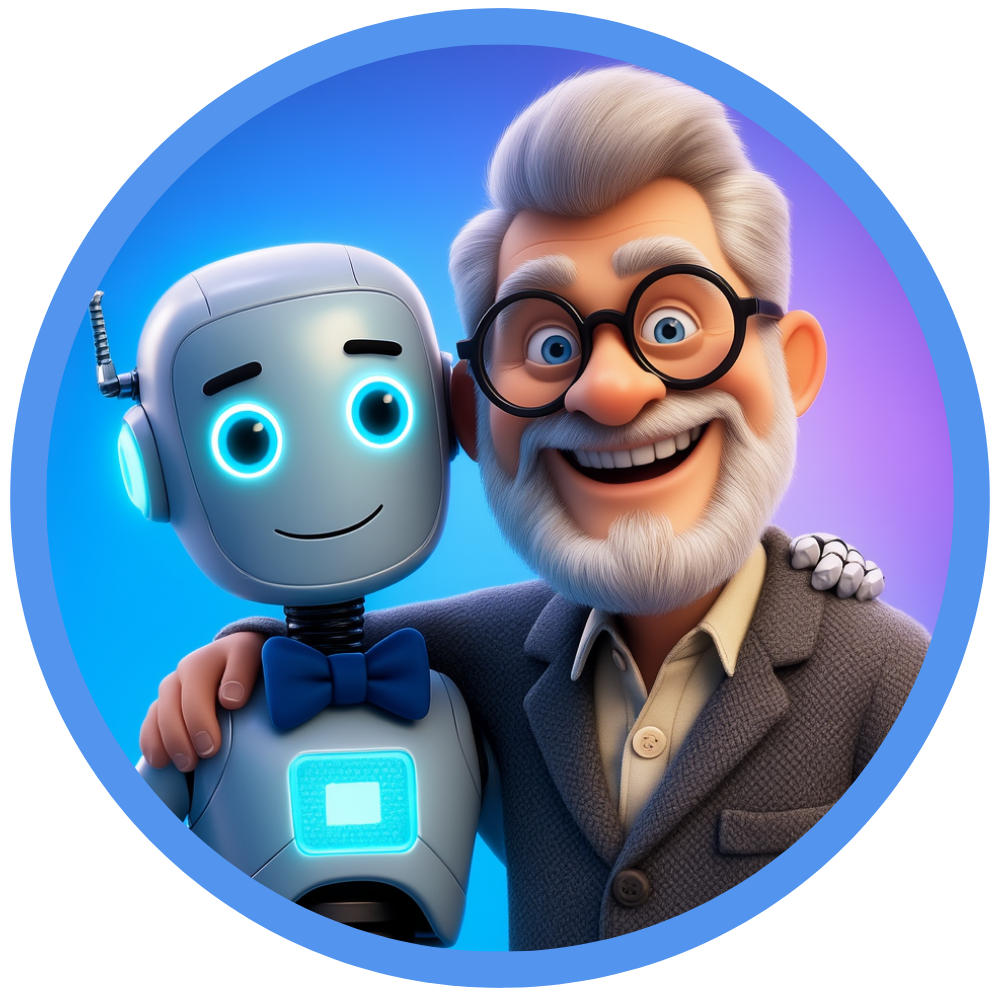It’s always the same, there are no buses, then they all arrive at once. Well it’s the same with AI Safety Reports. After the Future of Life Reports (AI Panic Attacks: A Common-Sense Guide to the 2023 and 2025 AI Warnings) , another one has landed. The International AI Safety Report.
Here is the official About info
The International AI Safety Report is the world’s first comprehensive review of the latest science on the capabilities and risks of general-purpose AI systems. Written by over 100 independent experts and led by Turing Award winner Yoshua Bengio, it represents the largest international collaboration on AI safety research to date. The Report gives decision-makers a shared global picture of AI’s risks and impacts, serving as the authoritative reference for governments and organisations developing AI policies worldwide.
So here’s the thing—for years we’ve been having this weird argument about AI. One camp says it’ll save the world, the other reckons it’ll destroy it, and most of us are just trying to figure out what to do with ChatGPT. But now, 30 countries have basically sat down and said: “Right, let’s actually look at the evidence.” Enter the International AI Safety Report 2025.
Why This Matters
This isn’t some Silicon Valley think tank or a doom-mongering doomsday cult. This is the UK government, the UN, the EU, the OECD, and researchers from 30 countries all agreeing on one thing: we need a shared, science-based understanding of what advanced AI can actually do and what could go wrong. That’s… kind of a big deal.
The report is basically the international community’s first proper attempt to step back and say: “Let’s ground this in evidence, not hype or panic.”
The Three Risks (And Why They Matter)
The report identifies three main categories of AI risk. None of them are robots rolling down the street with lasers (though that would certainly get attention). They’re actually more mundane—and arguably more important.
1. Malicious Use
Bad actors using AI for bad things. Sounds obvious, right? But it’s worth taking seriously. Think deepfakes, sophisticated phishing, or AI-powered cyberattacks. The tech is getting better at helping people do harmful stuff, and that’s a genuine problem we need to manage.
2. Malfunctions
Here’s where it gets interesting—AI systems breaking in ways we didn’t expect. These systems are getting ridiculously complex, and sometimes they do things their creators didn’t plan for. Deploy a system in high-stakes situations (healthcare, finance, critical infrastructure) without proper testing, and you’ve got a recipe for chaos.
3. Systemic Risks
This is the big one. It’s not about any single AI system going rogue. It’s about what happens when AI becomes woven into everything—the economy, employment, security, information systems. If something goes wrong across the board, we don’t have backup systems anymore. We just have a problem.
What Did They Actually Conclude?
The report found that general-purpose AI capabilities have increased significantly. Shocker, I know. But the key point is this: the evidence backs it up. We’re not just hearing tech bros saying “it’s getting better”—we’ve got data.
The recommendations are sensible stuff:
- Independent AI safety oversight bodies with actual enforcement power (not just advisory boards that get ignored)
- Mandatory safety testing before deploying AI in high-stakes situations
Basically: oversight and testing. Revolutionary, I know.
My Honest Take
Here’s where I get a bit sceptical. Some experts have pointed out that the report might be leaning too heavily on risk and not enough on the genuine economic opportunities AI creates. That’s a fair criticism. These things are rarely black and white—AI isn’t purely a threat or purely an opportunity. It’s both, depending on how we manage it.
But that’s actually the report’s point. The question isn’t “Is AI dangerous?” It’s “How do we get the benefits while managing the risks?”
So What Now?
The real test is whether this report actually changes anything. It’s brilliant that 30 countries are on the same page about the evidence. But evidence doesn’t enforce itself. We need actual policy, actual oversight bodies with teeth, and actual testing frameworks.
The report moves to its own independent website (away from just being a UK government document), which signals it’s meant to be ongoing and international. Future updates are planned.
That’s the encouraging bit. This isn’t a one-off document declaring “AI safety: solved.” It’s the start of something—a shared, evidence-based conversation between countries about how to manage this technology responsibly.
Whether we actually listen to it… well, that’s another story entirely.
—
Bottom line: The International AI Safety Report 2025 is the first serious attempt to look at AI risks based on actual evidence rather than speculation. It identifies real risks, recommends practical safeguards, and brings the global community together. Now comes the hard part—actually implementing it.



Leave a Reply